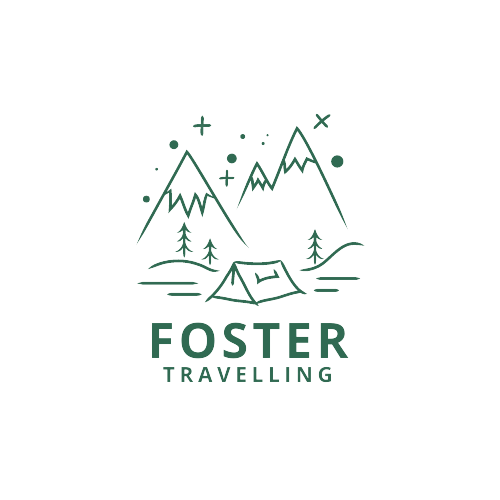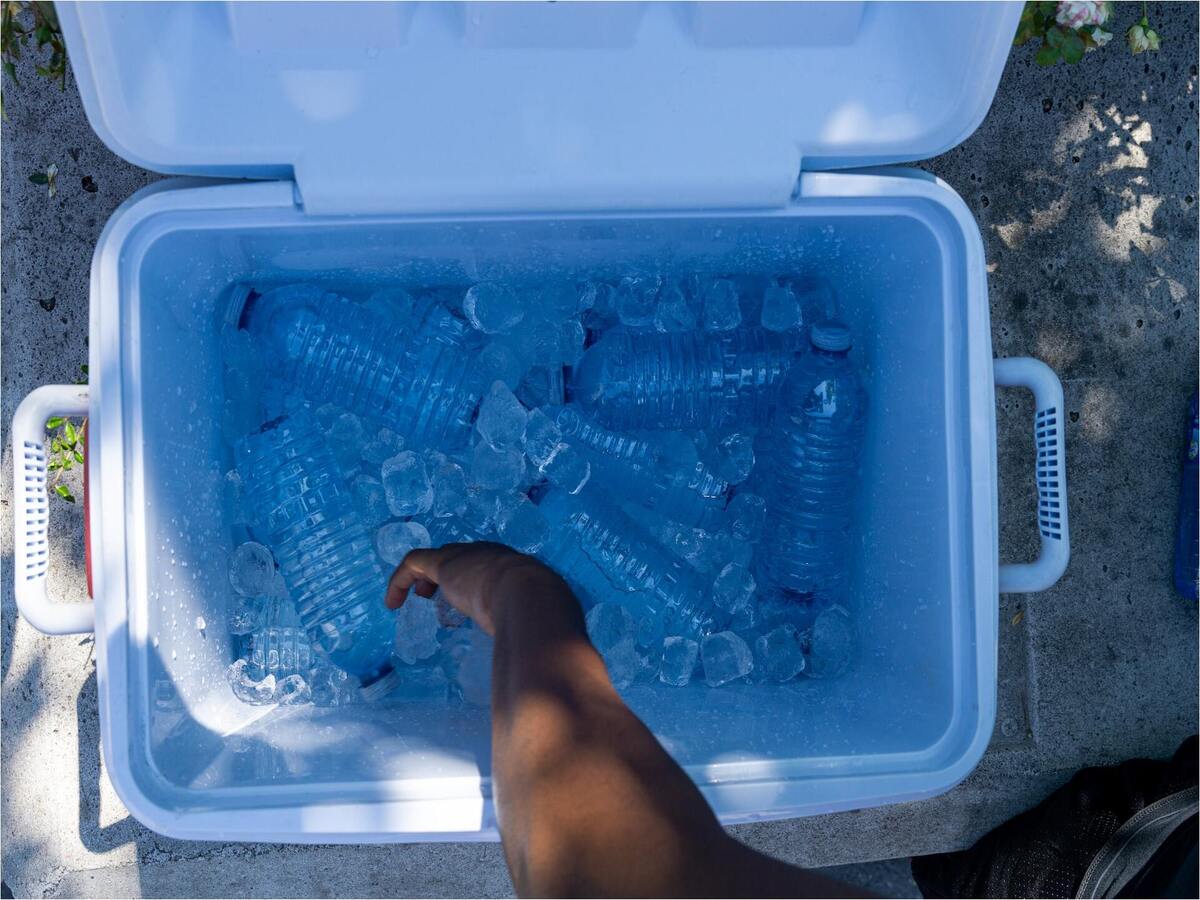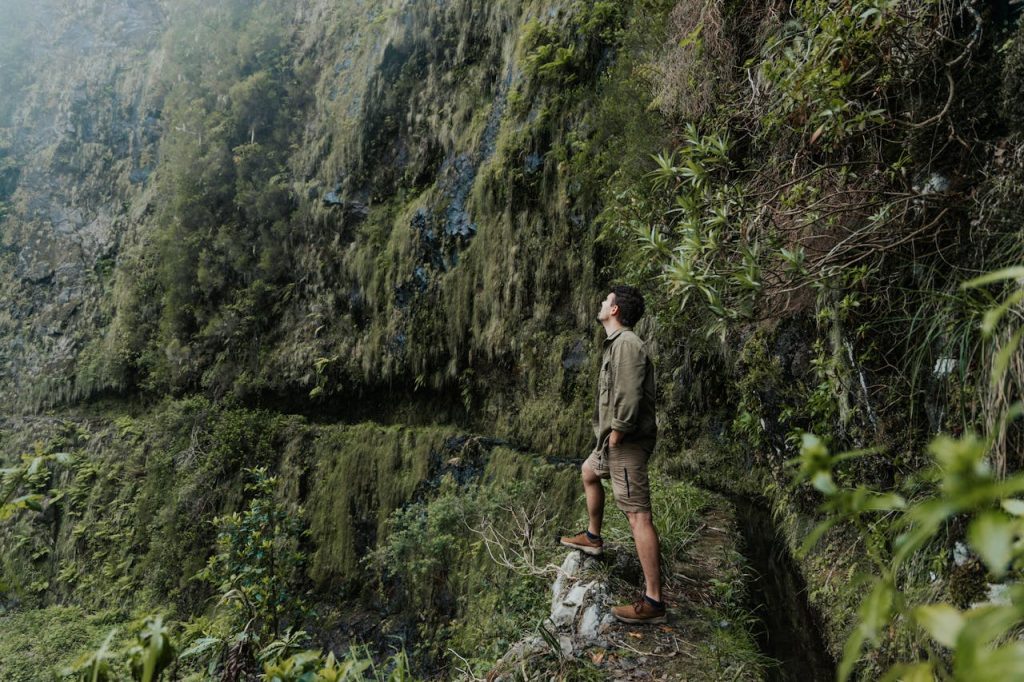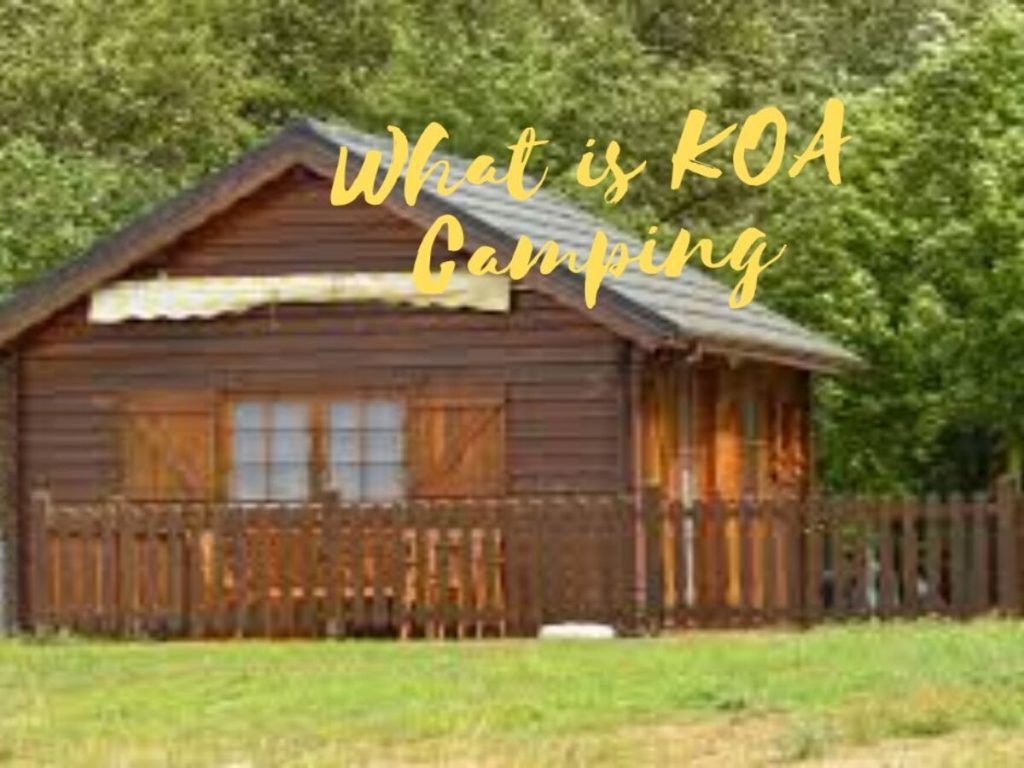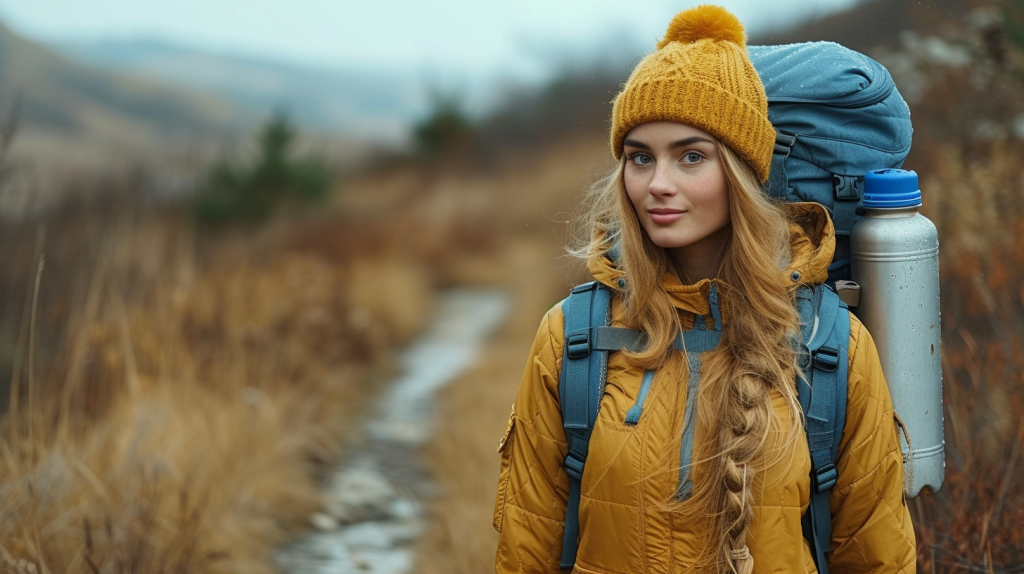Properly storing food while camping is essential for keeping it fresh and safe to eat. Following simple guidelines ensure that your food stays in good condition and does not spoil during your trip. In this article, we’ll go over some key factors on how to store food while camping, including how to pack a cooler, use airtight containers, and prevent the spread of bacteria.
No matter the length of your camping trip, whether a short weekend trip or a more extended excursion, these guidelines will help you enjoy your food to the fullest while out in the great outdoors.
Why Store Food while Camping
Table of Contents
ToggleProper food storage is important for several reasons. It helps to prevent food poisoning, keeps your food fresh and tasty, and also helps to protect your campsite from bears and other wildlife.
There are a few different types of camping, each with unique food storage considerations. For example, car camping typically involves bringing more gear and supplies, including a cooler, to store perishable items. On the other hand, backpacking trips usually require a more minimalist approach, with hikers carrying all their gear in a backpack and using hang bags or bear canisters to store food.
Choosing the Right Containers
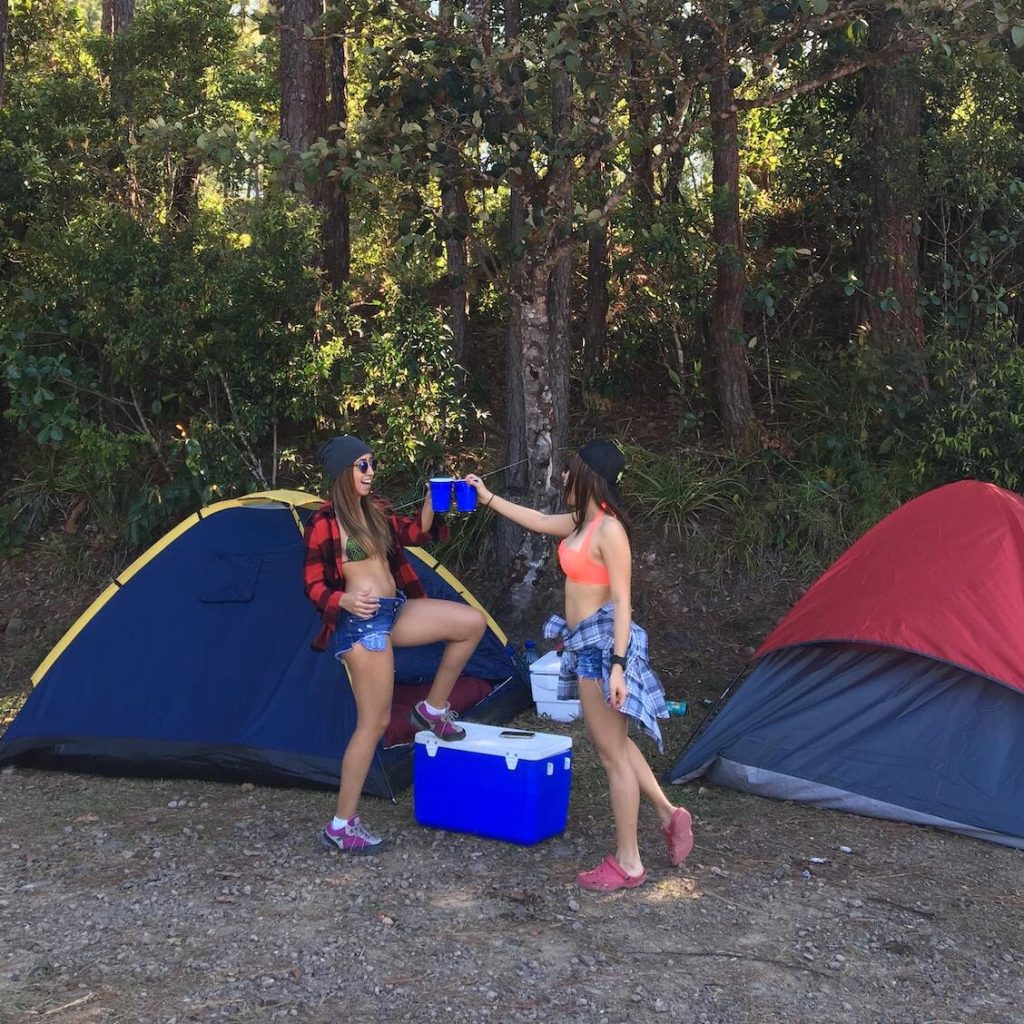
Hard-sided coolers vs. soft-sided coolers
When it comes to choosing a cooler for camping, you have two main options:
Hard-sided Coolers:
Hard-sided coolers are typically made from plastic or rotomolded plastic and are known for their durability and long ice retention times. They are a good choice for longer trips or storing a large quantity of food but are heavier and more expensive than soft-sided coolers.
Soft-sided Coolers
Soft-sided coolers are made from a combination of fabric and insulation and are generally lighter and more portable than hard-sided coolers. They are a good choice for shorter trips or those who need to carry their cooler. However, they typically don’t have as long of an ice retention time as hard-sided coolers. When deciding between the two types of coolers, consider the length of your trip, the amount of food and drinks you’ll be storing, and the kind of camping you’ll be doing.
Tips for Choosing the Right Size Cooler
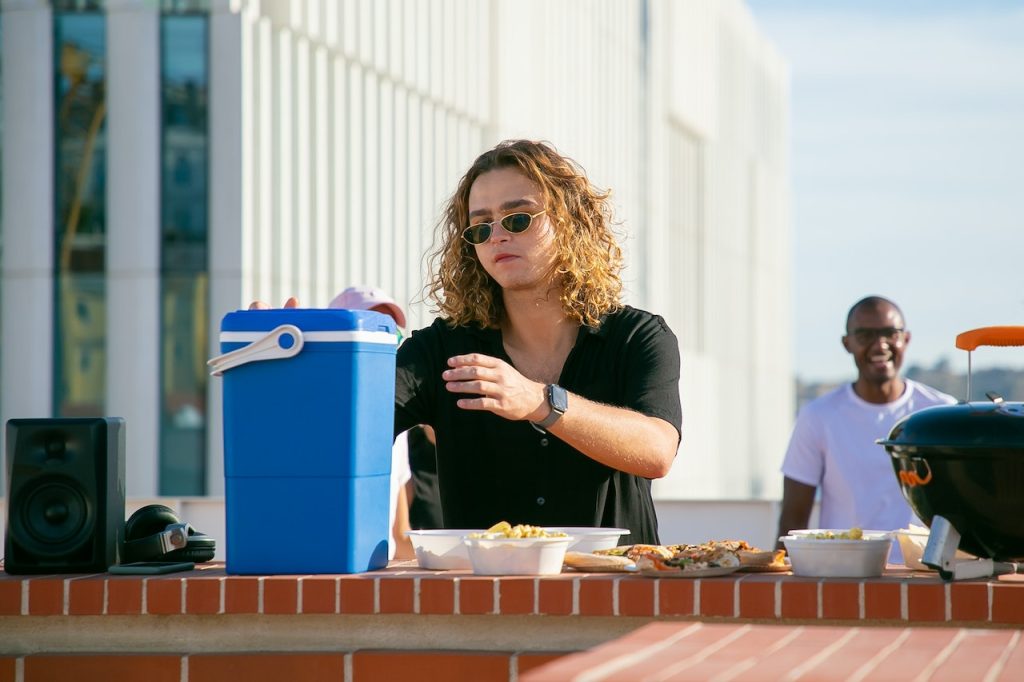
When choosing the right size cooler for your camping trip, there are a few things to consider:
- Length of your trip: The longer your trip, the more food and drinks you’ll need to bring, and therefore the larger your cooler will need to be.
- Amount of food and drinks: Consider the number of people you’ll be feeding and how much food and drinks they’ll need.
- Type of camping: If you’re car camping, you’ll have more space to store a larger cooler. If you’re backpacking, you’ll need to consider the weight and size of the cooler concerning your backpack.
- Available space: Consider the available space in your vehicle or backpack when selecting the size of your cooler.
Mind the types of items you’ll be storing in your cooler. For example, if you bring many large, bulky items like watermelons, you’ll need a larger cooler to accommodate them. On the other hand, a smaller cooler may be sufficient if you’ll mostly be storing small items like sandwiches.
Overall, choose a cooler slightly larger than you think you’ll need, as you can always fill the extra space with ice to help keep your food and drinks cold.
How to Keep Food Cold While Camping Trip
Camping trips can be a fantastic way to escape it all, but keeping food cold can be challenging. Access to refrigeration is essential to plan and pack the right equipment to keep your food fresh and safe to eat. No matter the duration of your camping trip, whether it be a weekend or longer, following these tips will help ensure that your food stays fresh and safe to enjoy.
Frozen food safety guidelines when on a camping trip.
Frozen Food for Camping
Weight: 5 Kg
Item: Frozen Dried Food
Size: 124 Servings
It can be easy to forget some food safety basics when cooking outdoors. Cold camp food does not mean the safety of anyone’s life. It would be best if you considered some helpful advice for your trip. When handling food, you should always wash your hands. Bottled water is suitable for this purpose or used in an adjacent river if it is safe. It is recommended to avoid cross-contamination. Any meat you are using shouldn’t go into any other food. These can consist of cutting boards, utensils, or whatever. It is essential to cook food.
When planning a camping trip, keeping food safety in mind is essential. To prevent food-borne illness, correctly handling and storing frozen food while camping is crucial. Following these guidelines will help ensure that your food stays safe and delicious.
Pre-Chill Your Coolers
The cold cooler and refrigerator will help keep your food cold long enough to keep it cold. If food has been placed into a warm fridge or freezer, temperatures could rapidly rise and even reach unsafe levels after the meal. I prefer to add ice and frozen packs into the refrigerator about 12hrs after loading the meal. I keep the coolers inside our coldest rooms and garages. Then we remove ice and water from melting Ice and Icepacks and dry the inside before packing the cooler with food.
Freeze Food Before Packing
Freezing foods for later use. Using frozen foods allows food to stay in coolers as cold as possible. Make sure the frozen foods can defrost before they are ready for baking. Chances are you can’t get a microwave to help a “quick defrost” at a great outdoor spot.
Use ice packs
Use an ice pack to keep food cooled longer. You can purchase manufactured ice packs from online stores, supermarkets, or campground stores. The Ice Packs are reusable and will stay cold for 2-4 days. When insufficient money is available for the purchase, you can make ice packs using frozen water in ziplock bags. Frozen vegetables are also excellent for making homemade ice packs. You can also consume the content while cooking. Ice packs help reduce swelling while camping.
Pack the cooler tight.
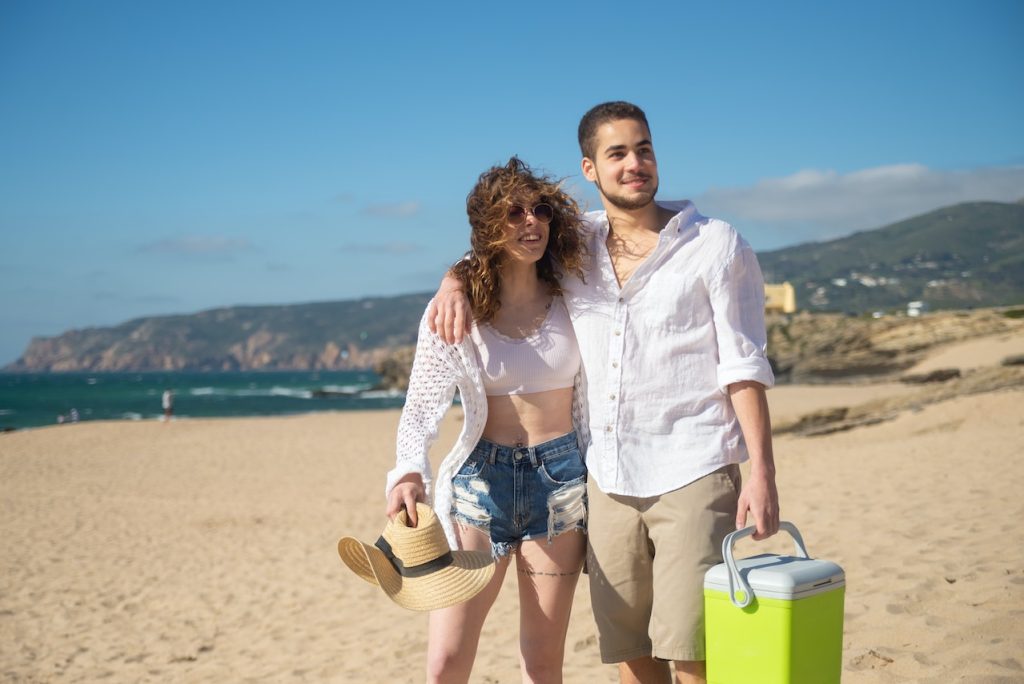
As soon as air passes through the cooler, the faster the temperature increases. Ensure all the spaces have a frozen water bottle/frozen pack.
Keep your cooler in the shade.
If you return from a camping trip, keep a cooler sheltered away from direct sunlight. It is sometimes necessary to shift the cooler throughout the day to various locations based on the sun moving around. Cover yourself with a blanket or tarp to protect yourself from the cold air.
Use a thermometer inside the cooler.
It’s easy for you to keep food safe. Get an essential refrigerator thermometer and throw this inside your cooler. You should have a look, and you can see the temperature. A cooler thermometer can measure temperatures of Celsius and Fahrenheit with an average temperature from -40C to 50C (-40C to 125C). The cost is only a few and eliminates all the guesswork from foods stored on the premises. What is the best plan for a camping trip? This camp activity is a great help.
Freezing water bottles
Bring water on camping trips? Think about freezing the rest. Ice bottles serve as ice blocks which keep coolers cool for a while. This could mean they can take a while in the freezing process. Keep in mind not to freeze all your water, however, because it can be needed quickly in emergencies.
Add Extra Insulation To Camping Coolers
Install a warm insulation blanket around the cooler or a blanket underneath.
Open the cooler as little as possible to keep food cold
The cold inside the cooler should remain unobstructed to keep food warm. Each time he pulls the lid back, warm air fills and replaces cold air. Keep the cooler open unless possible.
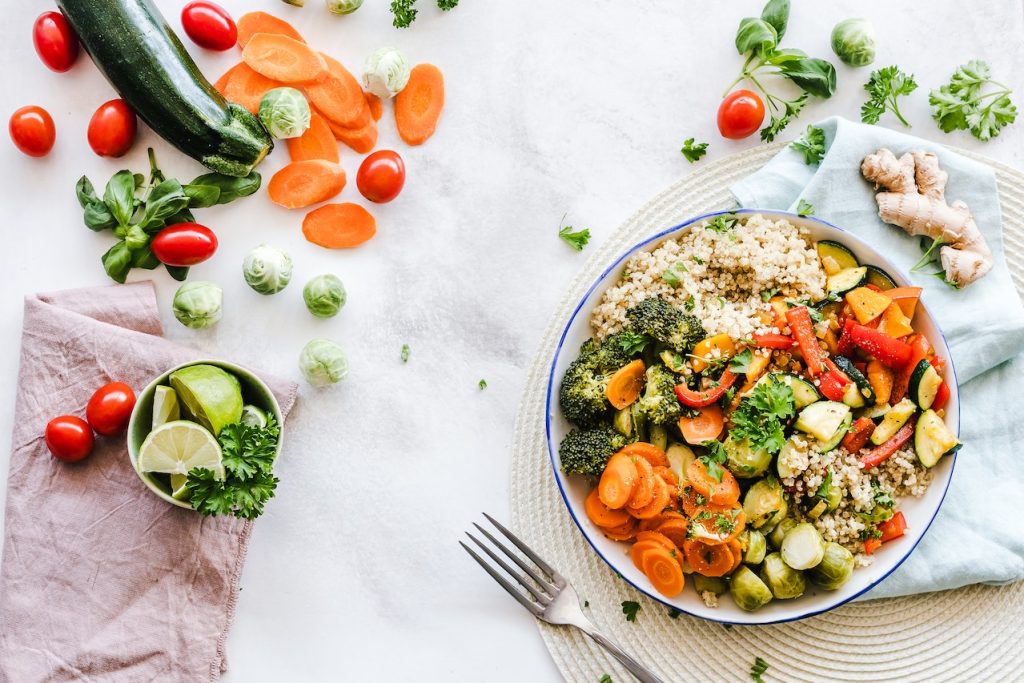
Conclusion
Proper food storage is an essential aspect of any camping trip. Following the above tips can help prevent food poisoning, keep your food fresh, and protect your campsite from bears and other wildlife. Remember to choose the right size cooler, pack it properly, and use alternative storage options. You can have a safe and enjoyable camping trip by putting a little effort into planning and preparing.
FAQs
What is the most secure method to store food while camping?
The most secure method for storing food while camping will depend on the type of camping you’re doing and the location of your campsite. In general, the safest procedures for storing food are:
- Hard-sided coolers: These are typically made from plastic or rotomolded plastic and are durable. They can be locked or secured with a cable to prevent tampering or access by wildlife.
- Hang bags or bear canisters are specialized bags or containers designed to hold all your food, toiletries, and trash. Hang bags are suspended from a tree branch using a cord, while bear canisters are hard-sided containers designed to be bear-proof. These methods are particularly effective for backpacking trips in areas with a high bear population.
- Locked pantry or storage shed: If you’re car camping, you may have the option to store your food in a locked pantry or storage shed. This can provide an additional level of security and protection from wildlife.
What two foods can you survive on while camping
It’s generally not recommended to rely on just two foods as the sole source of nutrition while camping. Maintaining overall health and energy levels requires a diverse diet that includes various nutrients such as fruits, vegetables, grains, and protein sources.
However, if you find yourself in a survival situation and are limited to just two foods, some options that could provide a balanced source of nutrition include:
- Rice and beans: Rice is a good source of complex carbohydrates, while beans are a good source of protein and fiber. Together, these two foods can provide a balanced source of nutrition.
- Peanut butter and crackers: Peanut butter contains protein and healthy fats, while crackers provide complex carbohydrates. This combination can be a good source of energy and nutrition.
It’s important to note that these two options are meant to be a short-term solution, and it’s still important to try to include a variety of foods in your diet whenever possible.
How do you pack fresh food for camping?
Here are some tips for packing fresh food for a camping trip:
- If you are without refrigeration for more than a day, consider packing perishable items that do not require refrigeration, such as cured meats, hard cheeses, and dried fruits.
- Use airtight containers or zip-top bags to prevent spills and leaks.
- To prevent the spread of bacteria, wash your hands and any surfaces that come into contact with raw meat.
- If you are packing raw meat, keep it separate from other items to prevent cross-contamination.
- Consider packing frozen items, such as vegetables or fruit, and keeping other things in the cooler cold. They will thaw as the day goes on and be ready to eat by mealtime.
I hope these tips help! Leave a comment if you have any other questions.
Popular Articles:
